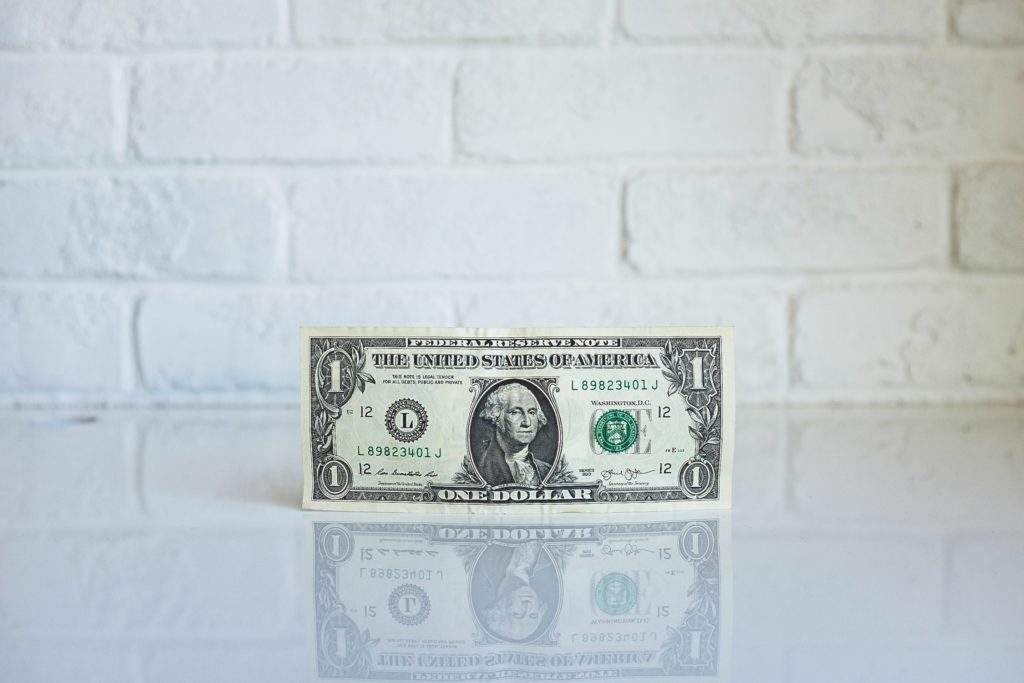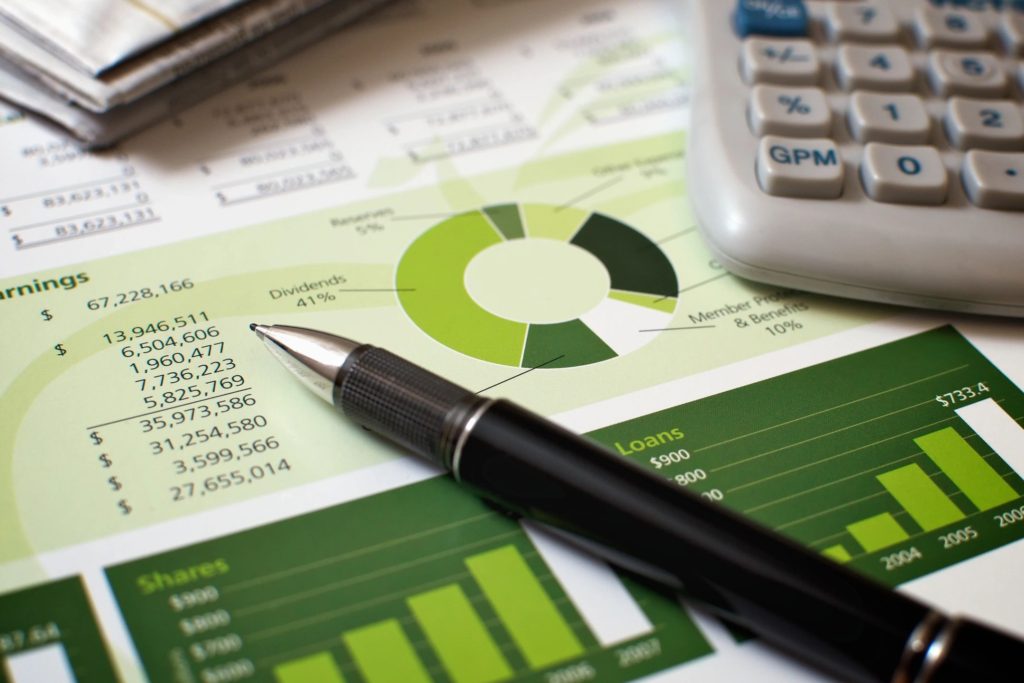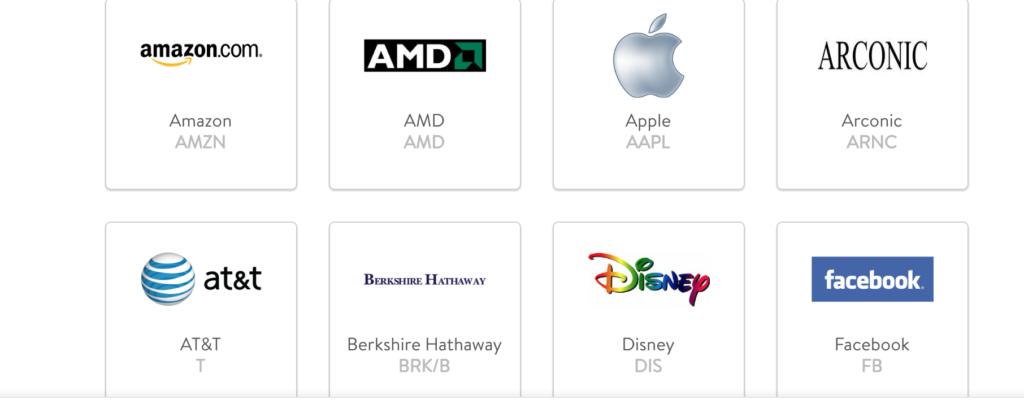Waste not, want not: Rethink monthly outgoings to save money

When you’re looking over your monthly budget again trying to figure out just where your money is going, it can seem like you have no more slack to cut. There’s several things we take for granted paying each month, like cable bills, car payments, and cell phone contracts, that we simply don’t question. But if you take a step back and evaluate these – and other expenditures – more closely, you might just find a few extra dollars after all, and in the run up to the holiday season this couldn’t come at a better time.
Re-evaluate monthly payments
It’s all too easy to sign up to a monthly subscription for something and then never really think about it again – and companies take advantage of this ‘too much trouble to switch or stop it’ mentality. However, you could be shelling out hundreds of dollars each month that you don’t really need to. Sit down and write a list of all your monthly payments – satellite or cable bills, cell phone charges, gym fees, and so on. Then think carefully about how much you really use what you’re paying for – are you just wasting your money? Do you really need those 200 channels if everyone watches (much cheaper) Netflix now? How many times have you actually been to the gym? Don’t feel you have to get rid of things you actually use, but swapping to a lower cost plan which better reflects your usage might be of benefit.
Payment plans or paying upfront?
Credit card interest and car payment plans are really common monthly expenditures for many American families. The average car loan in 2016 was over $30,000, meaning spending just under $500 a month. Selling your car and buying a used vehicle in cash can save a lot of money. The average American also has nearly $5,000 in credit card debts – and at a yearly interest rate of 15%, you’ll end up paying around $20,000 back over 10 years if you only make minimum payments. Switching to cash forces you to confront what you’re actually spending, and reduce the amount you end up spending on interest payments.
Daily luxuries – unnecessary?
Keep hold of your receipts and look at what you’re buying on a daily basis: one or two dollars a day really builds up over time. This could be through buying coffee and snacks, or picking a more upmarket brand of toiletries or household product. Try taking your own coffee and just treating yourself once a week or once a month; and experiment with own-brand household products – and only opt for premium brands if they’re on a really good special offer.
Don’t try to change everything all at once, or you might not stick to it; but thinking more critically about your monthly spending – particularly items we take for granted – can often turn up some opportunities for saving money.






